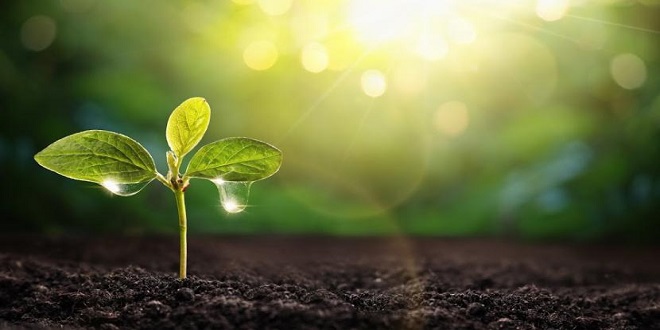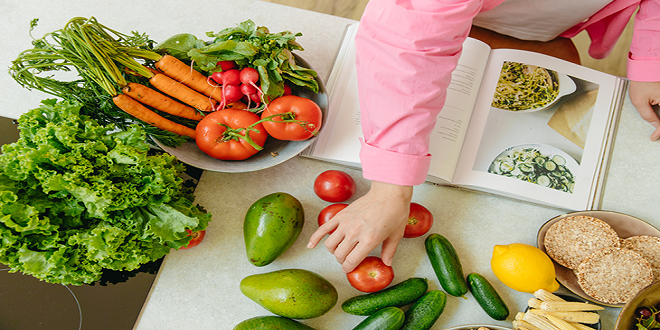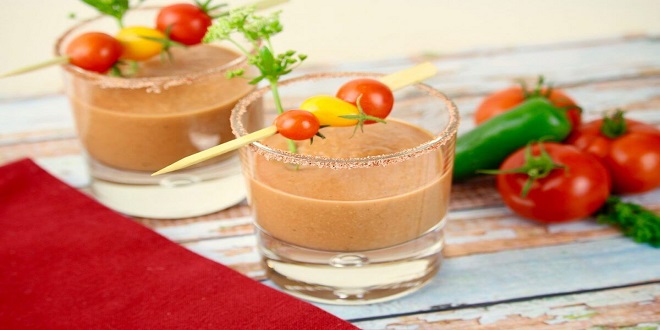The Loss of Soil Nutrients and Humus

When soil grows crops, the crops extract nutrients as well as humus from the soil. To maintain the soil’s fertility, the nutrients and humus must be replenished. Both of these needs can be met simultaneously when the crop and all other residues from those who consumedthe edible portion of the crop are composted andreturned to the soil.
The cured compost will have almost all of the nutrients that the crop contained and, p , depending on the crops that are grown, enough humus to replenish the soil’s supply.1 The carbon that left the soil in the form of carbon dioxide will be returned if plants that store large amounts carbon in their mature bodies (such as corn, amaranth, wheat, and rice) are grown and added to the soil as cured compost.
Initially Adding Nutrients and Humus to the Soil
Not all soils naturally have all of the nutrients that theyneed for their optimum health and crop productivity. Deep-rooted crops such as alfalfa and comfrey can be grown to bring up nutrients from below the range of most roots, then composted and added to the topsoil. Additionally, when cured compost is added to the soil, nutrients that were previously unavailable in the soil may be made available by the biogeologic cycle.
(In this cycle, humic acid which is produced from the decomposition process and is contained in the curedcompost along with the carbonic acid developedaround the plant’s roots, can increase soil microbial activity, decompose larger minerals, and possibly alter soil pH so that previously unavailable nutrients are made available.) However, if the needed nutrients are not inthe deeper regions of the soil, they will not be present inthe cured compost.
In other words, if the nutrients are not present, the cured compost made from plants grownon the nutrients-decient soil will not contain the decient nutrients, and the soil will still be unbalancedeven after the cured compost is added. Therefore, insome cases, you may need to bring nutrients in the formof organic fertilizers into the mini-farm from the outside. Your goal should be to bring in a minimum of outside organic fertilizers and maintain them cycling in the system through compost
100% Sustainability Impossible
Some nutrients will escape from the garden or minifarm, whether from leaching, from rainfall runo:, or from wind picking them up and carrying them away(although water and wind erosion are usually not aproblem when the soil’s humus supply is maintainedand all of the GROW BIOINTENSIVE techniques are used).
At the same time, however, nutrients are addednaturally to the mini-farm through rainfall, wind, they breakdown of the soil’s parental rock material, and the upsoaking of groundwater. With GROW BIOINTENSIVEsustainable gardening and mini-farming, the gain innutrients may eventually near the loss of nutrients andthe soil’s nutrient balance may be maintained if all nutrients are recycled.
The Need for Up to 99% Sustainability
At Ecology Action, we are investigating the components of GROW BIOINTENSIVE as possibly one of the quickest, most e:ective, most resource-conserving, and most ecologically sound ways to replenish and balance soil nutrients. Once the soil’s nutrient base has been properlybuilt and balanced, we need to learn how best tomaintain those nutrients in our gardens and mini-farms.
One promising approach is to grow all of our owncompost materials. If we grow su+cient quantities of crops that produce material for compost, our goal is that the resulting cured compost will contain as many of the nutrients that the crops removed from the soil as possible, as well as enough humus to feed the soil microbes and prevent nutrient leaching. In this way, our food-raising area becomes a source rather than a sink—of carbon, nutrients, and fertility





